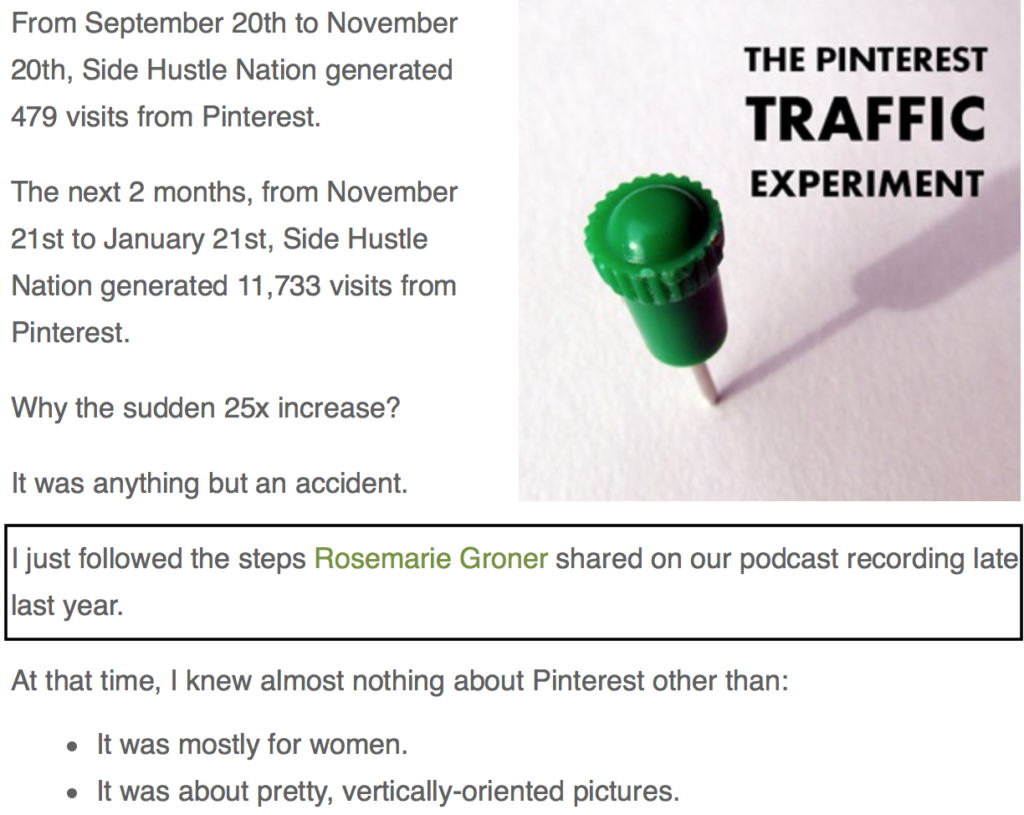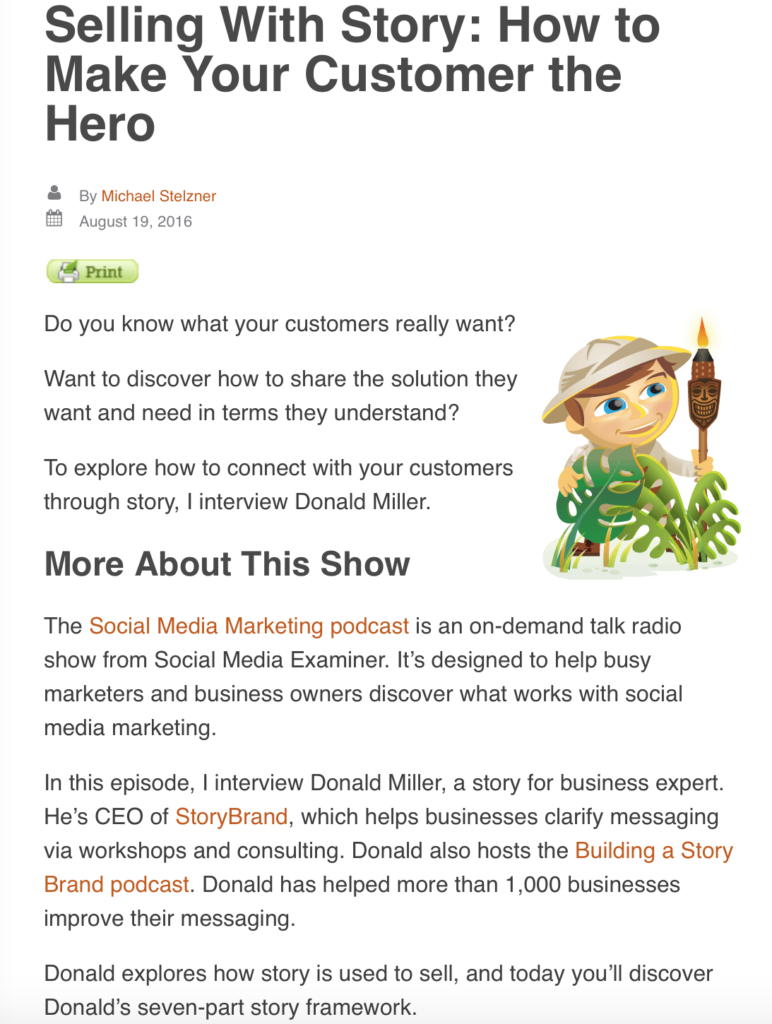On today’s episode of the show, Neil Patel takes time to join Marc to chat about entrepreneurship, the drive to succeed and his thoughts on business. Neil Patel is an entrepreneur running several multimillion dollar businesses such as QuickSprout, KISSMetrics, and Crazy Egg. Neil has been recognized for his success by such greats from President Obama to the UN. The Wall Street Journal called him “One of the top 100 influencers on the web”, and he continues to make his business grow among others.
Marc and Neil chat about the never-ending journey that is business, from his start as a teen at 16, to his current exploits. Neil divulges great information about keeping business always moving forward and we learn bits about how he’s developed his multi-million dollar companies, and how you too can attract 100,000s of visitors to your site. Once more, our guest shares one of his favorite inspirational quotes, and what it is that keeps him motivated and inspired.
Learn:
– Why hiring the right team is important
– Passion is key to success and motivation
– Why Neil finds business so addictive
– Why making mistakes can be productive
– Why developing habits is important
– Neil’s 3 key tips for entrepreneurs
Key Links from the Show:
www.neilpatel.com – Neil’s Website
http://www.copyblogger.com/ – Useful site mentioned in the show
http://apple.co/2c38K56 —Neil’s Podcast
http://amzn.to/2bUbhyy —Neil’s book Hustle






